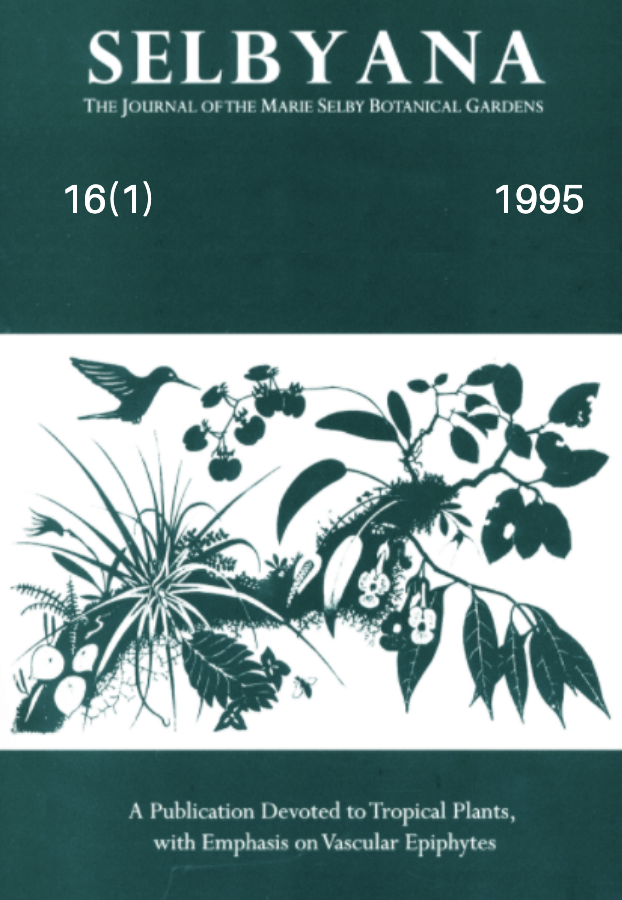Abstract
Fort DeSoto Park, administered by the Pinellas County Parks Department, consists of five islands or sand keys at the mouth of Tampa Bay and the south end of Boca Ciega Bay. The islands total about 900 acres with more than seven miles of waterfront, including three miles of sandy swimming beaches. Also, many camping sites in a subtropical hammock on two of the keys and additional picnic areas make the park a popular recreational site. This local botanical paradise is vegetated by subtropical hammocks, mixed slash-pine-Florida-rosemary scrub, sandy beaches, dunes, sand-shell plateaus, mangrove thickets, tidal salinas, fringing salt marshes, and submarine sea-grass meadows in the shallow bay waters. The annotated checklist of vascular plants, prepared originally for the use of park personnel and visitors, is based upon nearly 500 collections made by the author on nine or ten trips and other collections made by Olga Lakela and her associates at the University of South Florida, Tampa. Listed are 290 species (33 of them apparently introduced) belonging to 88 families (4 introduced) and 225 genera (26 introduced). Also listed in APPENDIX 1 are 45 additional species, 9 of them introduced, collected on adjacent keys and shores of Boca Ciega Bay and which might be expected also in the Park.
Open Access and Copyright Notice
Selbyana is committed to real and immediate open access for academic work. All of Selbyana's articles and reviews are free to access immediately upon publication. There are no author charges (APCs) prior to publication, and no charges for readers to download articles and reviews for their own scholarly use. To facilitate this, Selbyana depends on the financial backing of the Marie Selby Botanical Gardens, the hard work and dedication of its editorial team and advisory board, and the continuing support of its network of peer reviewers and partner institutions.
Authors are free to choose which open license they would like to use for their work. Our default license is the Creative Commons Attribution-NonCommercial 4.0 (CC BY-NC 4.0). While Selbyana’s articles can be copied by anyone for noncommercial purposes if proper credit is given, all materials are published under an open-access license with authors retaining full and permanent ownership of their work. The author grants Selbyana a perpetual, non-exclusive right to publish the work and to include it in other aggregations and indexes to achieve broader impact and visibility.
Authors are responsible for and required to ascertain that they are in possession of image rights for any and all photographs, illustrations, and figures included in their work or to obtain publication or reproduction rights from the rights holders. Contents of the journal will be registered with the Directory of Open Access Journals and similar repositories. Authors are encouraged to store their work elsewhere, for instance in institutional repositories or personal websites, including commercial sites such as academia.edu, to increase circulation (see The Effects of Open Access).
